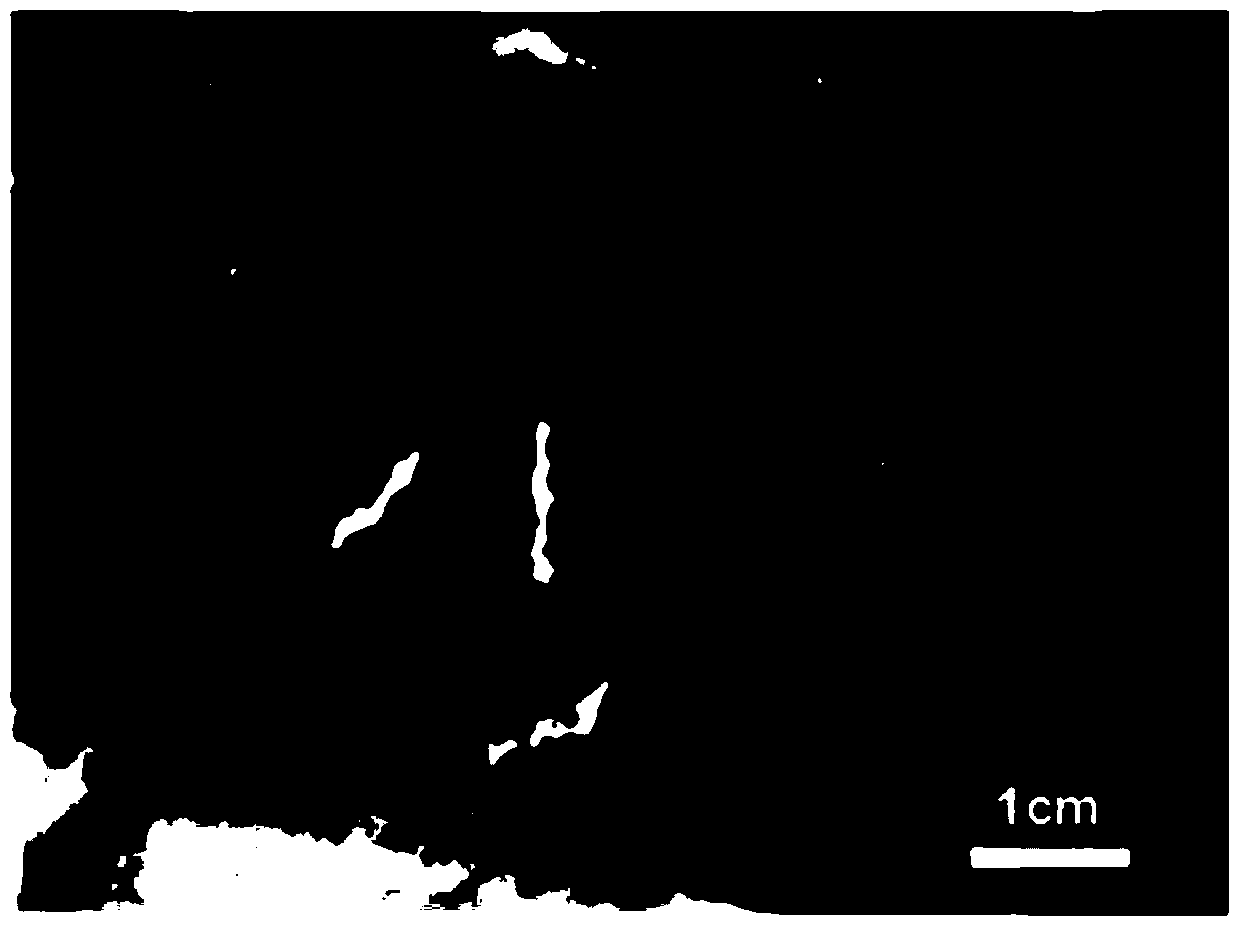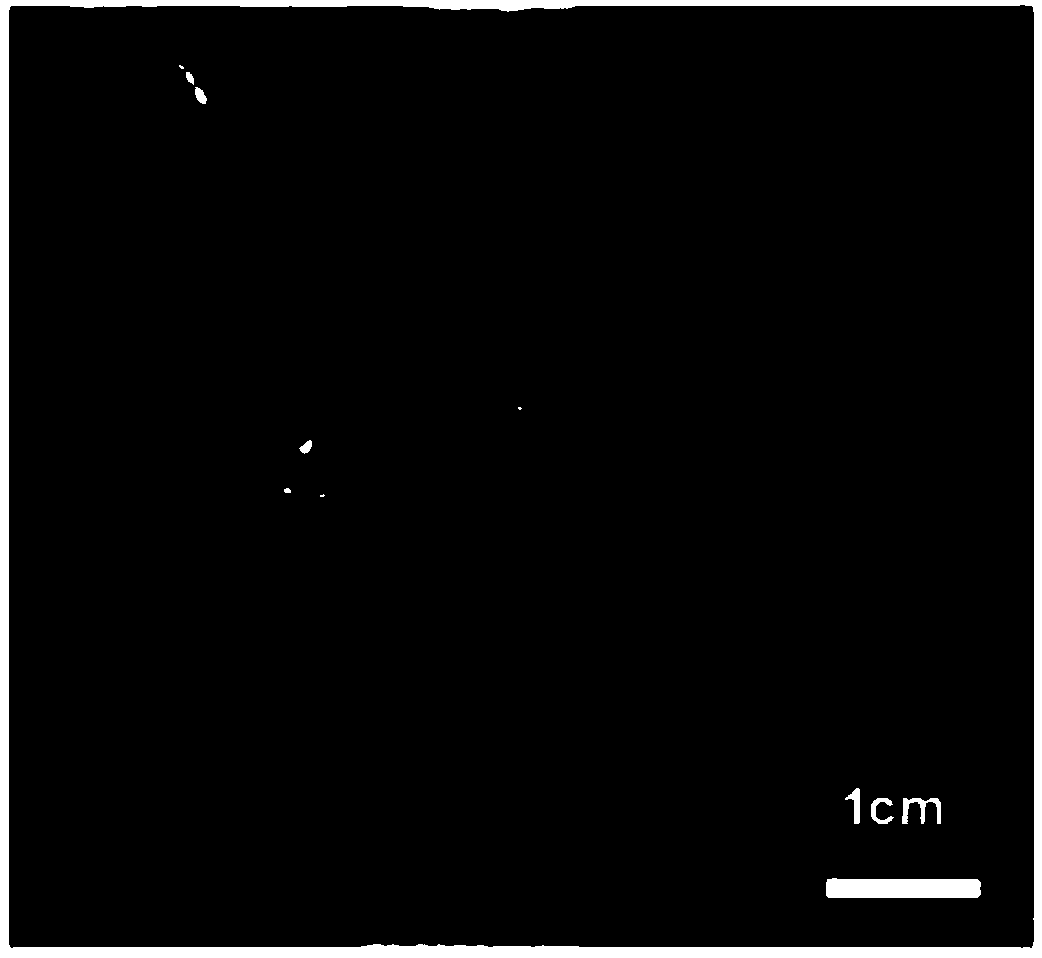Liver model and preparation method and application thereof
A technology of liver and model, applied in the field of liver model and its preparation, can solve problems such as differences in vascular mechanical properties, increased difficulty and cost of surgical operations, and unintuitive results
- Summary
- Abstract
- Description
- Claims
- Application Information
AI Technical Summary
Problems solved by technology
Method used
Image
Examples
preparation example Construction
[0031] The preparation method of the liver model of one embodiment, comprises the following steps:
[0032] S110. Freezing the isolated liver.
[0033] The liver used in this embodiment refers to an isolated liver. The isolated liver can be the liver of animals such as mice, rats, rabbits, pigs, monkeys, dogs and sheep with diseased or damaged livers. For example, livers carrying tumors, further such as livers of New Zealand rabbits carrying VX2 tumors, or cadaveric livers of liver cancer patients obtained according to corresponding national laws and ethical principles, etc. The isolated liver can also be the healthy liver of animals such as mice, rats, rabbits, pigs, monkeys, dogs and sheep. In this embodiment, the liver used refers to the whole liver. Of course, it can be understood that in some other embodiments, a part of the liver can be used according to actual needs.
[0034] Specifically, the freezing temperature is -70°C to -80°C, and the freezing time is more tha...
Embodiment 1~5
[0074] (1) According to Table 1, the livers of each embodiment and blank control (untreated liver) are provided, wherein, the livers of Examples 1-6 and blank control come from the Guangzhou Provincial Experimental Animal Center, and the livers of Examples 1-6 are from the Guangzhou Provincial Experimental Animal Center. 6 and the blank control have the same biological size of the liver. Wherein, the fresh liver of embodiment 6 such as figure 1 shown. The livers of each embodiment and blank control (untreated liver) were frozen for 24 hours. Wherein the liver after freezing 24h of embodiment 6 is as follows figure 2 shown.
[0075] Table 1
[0076]
[0077] (2) The hepatic artery and portal vein of the liver of each embodiment were inserted and fixed with needles, and the portal vein needles were sealed for later auxiliary tests. Inject different washing solutions into the hepatic portal vein as needed to clean the liver step by step. During the cleaning process, air ...
PUM
 Login to View More
Login to View More Abstract
Description
Claims
Application Information
 Login to View More
Login to View More - R&D
- Intellectual Property
- Life Sciences
- Materials
- Tech Scout
- Unparalleled Data Quality
- Higher Quality Content
- 60% Fewer Hallucinations
Browse by: Latest US Patents, China's latest patents, Technical Efficacy Thesaurus, Application Domain, Technology Topic, Popular Technical Reports.
© 2025 PatSnap. All rights reserved.Legal|Privacy policy|Modern Slavery Act Transparency Statement|Sitemap|About US| Contact US: help@patsnap.com



